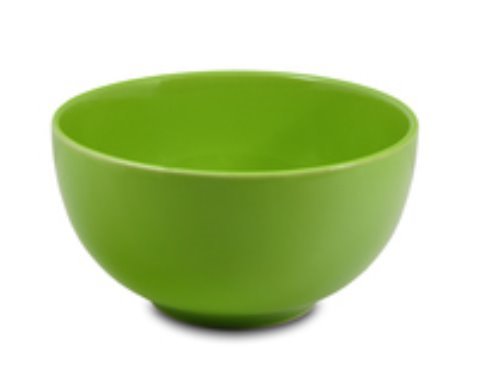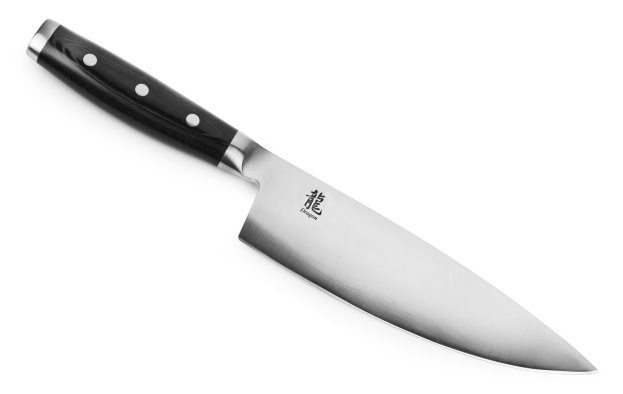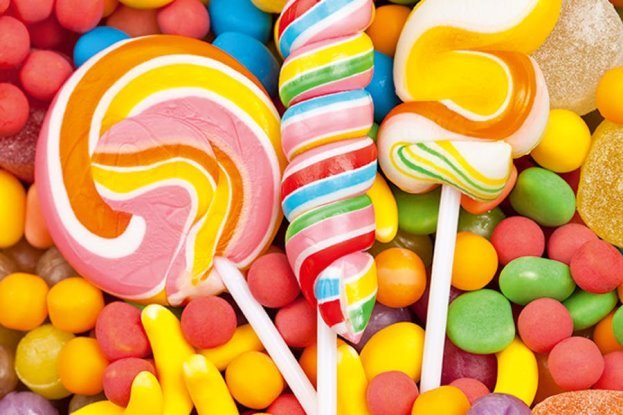Урок з английскої мови CLIL у 6 класі за темою"Table Manners"
Управління освіти Мелітопольської міської ради Запорізької області



![]() Ліцей №5 ММР ЗО
Ліцей №5 ММР ЗО
CLIL Lesson Plan
|
Class: 6 |
Time - 45 minutes |
|
Topic- Table Manners |
|
|
Aim (s)
|
-to review vocabulary related to “Table Manners “ - to practise reading skills - to practise question formation - to improve writing skills - to develop speaking skills - to increase students’ knowledge of subject content - to provide material and information for further topic and language based studies - to enrich the vocabulary - to develop pupils’ abilities in speaking through group work, communicative competence -to develop their creative abilities through different kinds of activities -to teach pupils good table manners, to respect other cultures
|
|
Content
Ethics. Health Studies. Table Manners. |
Cognition
|
|
Learning outcomes |
By the end of the lesson the student will be able to: - use vocabulary related to table manners. - use vocabulary and functional language in real life situations, - present information about table manners - evaluate information based on prior experiences and newly-acquired knowledge about table manners.
|
|
Communication Students learn vocabulary on table manners and verbs related to them. Students learn how to express their own ideas on table manners. Strategies for listening and understanding the text
|
Culture Creating awareness about table manners. Learning about good table manners in different countries. |
|
Materials and resources:
2. CLIL, International education 4. Family Education Series - Learn Table Manners https://www.youtube.com/watch?v=mgZeziVUsZ0 5. Manners Around the World |
|
|
|
Procedure |
|
Task 1
(5-10 |
Have a list of vocabulary words prepared. Bring a chair to the front of the classroom. Split the class into two teams and have one student from the first team sit in the chair (the “hot seat”) facing the class. Make sure he/she cannot see behind them and write the first word on the board.
Students must say things related to that word in order to elicit that word from their teammate sitting in the hot seat. Once the student guesses correctly, write the next word. Continue until he guesses the topic of the lesson. (Task 1 on worksheet) |
|
(up to 5 min) |
The teacher shows pictures with the topic words and explains their meaning. (Task 2 on worksheet) Students guess the main idea of the text based on newly learnt items. |
|
|
|
|
Task 4:
|
After listening students do the listening gaps fill activity.
(Task 4 on worksheet)
|
|
Task 5: Group work. Scrambled sentences ( game) (20 min) |
Students are divided into groups. They are proposed to choose a card with a word on it and according to their choice students are divided into groups. The given words are different parts of speech. (Task 5 on worksheet) Crambled sentences. (1 word/card) Pupils unscramble to make sentences of table manners. Then they write them in their copybooks and then they exchange the envelopes. (Task 6 on worksheet) |
|
Task 6 : A vocabulary game “Guess what” (5 minutes)
|
Make a list of 10 different words from the topic of the lesson. The students are given one minute to write down as many words as they can think of related to the topic. They will receive one point for every word that is the same as yours and a bonus of five if they get all ten.
Ask students to tell you the scores and record them on the blackboard. (Task 7 on worksheet) |
|
Task 7. Speaking activities (10-15 minutes)
|
A game “One by One”
Teacher – Once upon a time
|
|
Assessment : |
Students write down into their workbooks rules which they are accustomed to and present them to the class. |
|
Homework (5 min) |
Group project “Table manners in different countries” (presentation, poster). The teacher explains the task. |
CLIL lesson worksheet
Transcript
“A list of Do’s and Don’ts”
Sit facing the table, don’t sit sideways. Keep your feet under you, don’t stretch them all the way under the table.
After stirring your tea remove the spoon and put it on the saucer.
Don’t use a spoon for what can be eaten with a fork.
When eating stewed fruit use your spoon to put the stones on your saucer.
Don’t put your knife into your mouth
Vegetables, potatoes, macaroni are placed on your fork with a help of your knife.
Cut your meat into small pieces that can be chewed with ease. Cut off one piece at a time. If your food is too hot, don’t blow on it as though you were trying to start a campfire on a damp nigh.
Your spoon, knife and fork are meant to eat with, they are not drumsticks and shouldn’t be banged against your plate. Try to make as little noise as possible when eating
Don’t sip your soup as though you wanted the whole house to hear.
Don’t shovel food into your mouth. Take small maneuverable pieces.
Don’t talk with your mouth full. First chew and then swallow.
Don’t put your elbows on your table.
Don’t pick your teeth in company after the meal even if tooth-picks are provided for the purpose.
And finally don’t forget to say thank you for every favor or kindness.
Worksheet 1
Words –Table, elbow, plate, polite, hungry, quickly, with mouth full.
Worksheet 2

Plate

Bowl
 Knife
Knife

Spoon
 Fork
Fork
 Eat
Eat

Drink

Put

Talk

Pass

Tasty
 Sweet
Sweet
 Salty
Salty

Yummy

Neat
Worksheet 3
Sit facing the table,
don’t sit sideways
put your elbows on the table
talk with your mouth full
don’t put your knife into your mouth
eat with your hands
Cut your meat into small pieces
sip your soup
forget to say thank you
Worksheet 4
“A list of Do’s and Don’ts”
Sit facing the table, don’t sit sideways. Keep your __ under you, don’t stretch them all the way under the ___.
After stirring your tea remove the ____ and put it on the saucer.
Don’t use a _____ for what can be eaten with a fork.
When eating stewed fruit use your spoon to put the stones on your saucer.
Don’t put your knife into your mouth
Vegetables, potatoes, macaroni are placed on your fork with a help of your _____.
Cut your meat into small pieces that can be chewed with ease. Cut off one piece at a time. If your ____ is too hot, don’t blow on it as though you were trying to start a campfire on a damp nigh.
Your spoon, knife and fork are meant to eat with, they are not drumsticks and shouldn’t be banged against your ____. Try to make as little noise as possible when eating
Don’t sip your soup as though you wanted the whole house to ____.
Don’t shovel food into your mouth. Take small maneuverable pieces.
Don’t talk with your mouth _____. First chew and then swallow.
Don’t put your elbows on your _____.
Don’t pick your teeth in company after the meal even if tooth-picks are provided for the purpose.
And finally don’t forget to say thank you for every favor or kindness.
Worksheet 5
Don’t allow animals at the table.
Put your spoon on the saucer.
Wear a shirt to dinner.
Use the correct tableware.
Don’t talk with your mouth full.
Don’t sing at the table.
Don’t put your elbows on the table.
Ask “ Can you please pass the sugar”
Don’t blow on hot soup.
Worksheet 6
1.Plate, bowl, knife, spoon, fork (nouns).
2.Eat,drink,put,talk,pass (verbs).
3.Tasty,sweet,salty,yummy,neat (adjectives)
Worksheet 7
10 words which are connected with the topic ”Table manners” :
Plate, bowl, knife, spoon, fork ,eat, drink, put, talk, pass, yummy, neat.


про публікацію авторської розробки
Додати розробку
